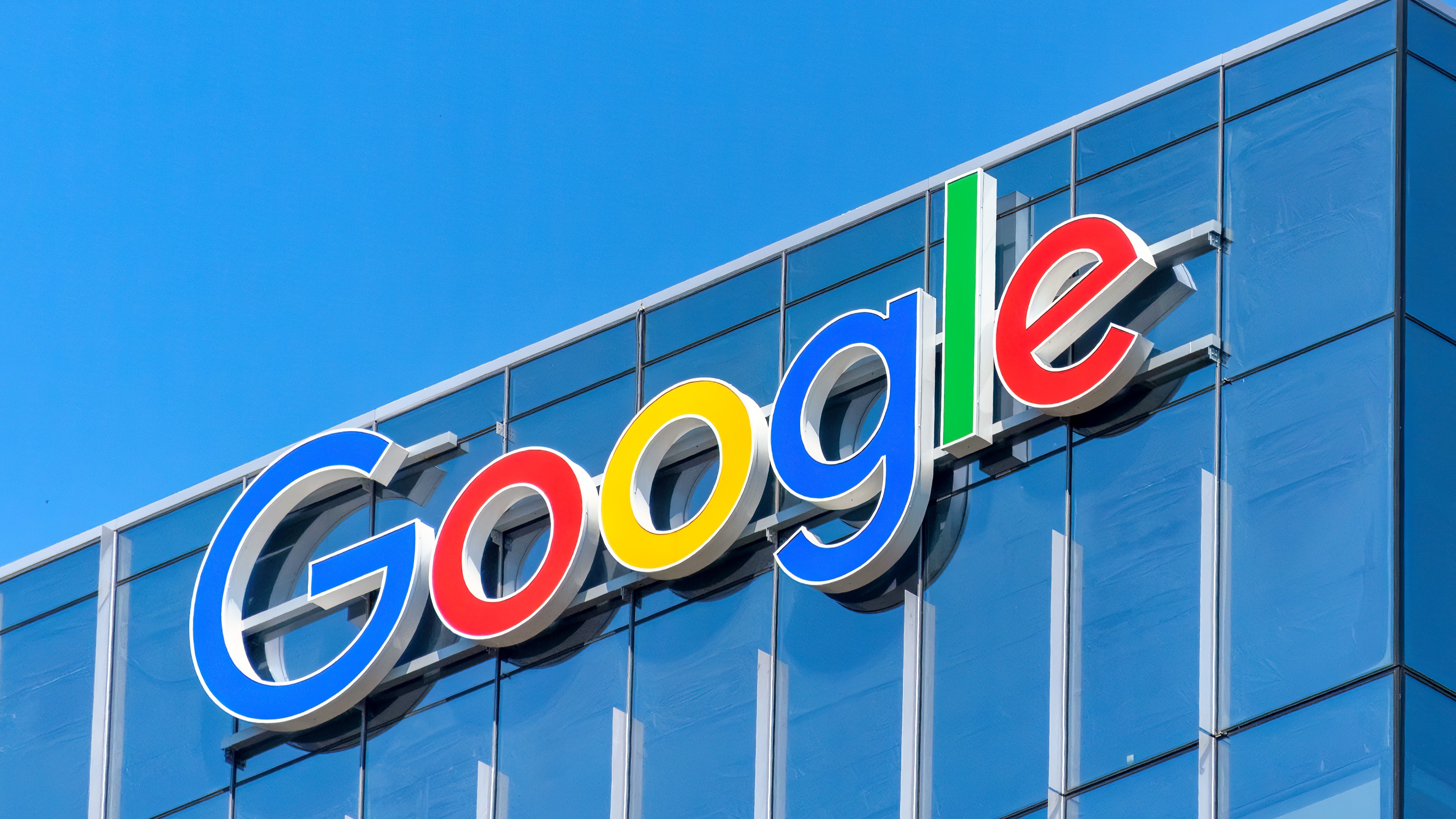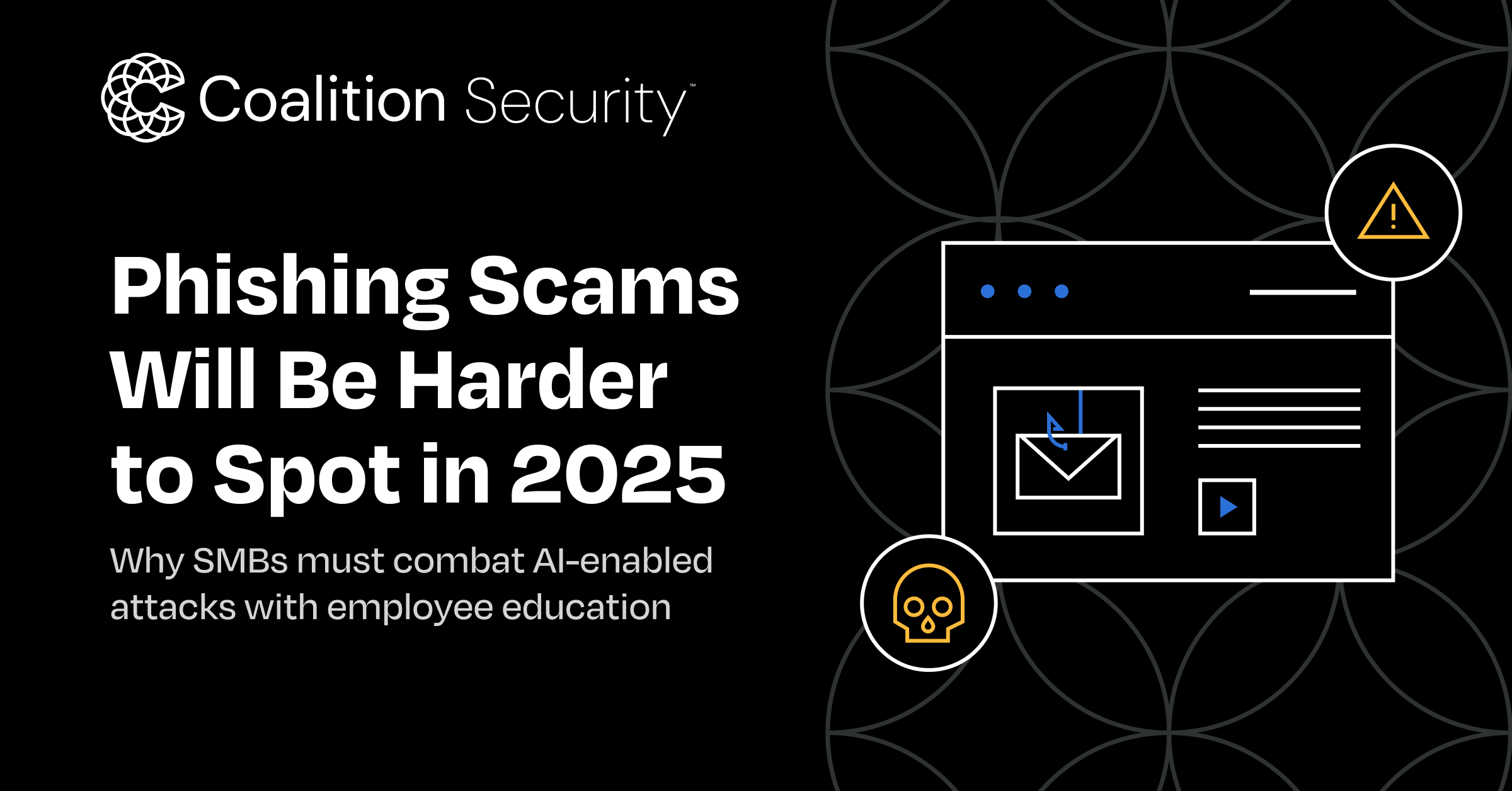Google is now using machine learning to estimate a user’s age, a move aimed at creating safer and more tailored online experiences. This technology identifies if someone is under 18 by analyzing their online behavior, such as search patterns and app usage, without requiring personal details upfront. By doing so, Google hopes to improve access to age-appropriate content and enhance safety measures for younger audiences. This initiative is part of a larger push to protect minors online while offering more precise tools for parents and guardians.
How Google’s Machine Learning Model Works
Google’s machine learning model for estimating user age is a sophisticated system leveraging various types of data to ensure accuracy and compliance. By processing behavioral signals, conducting age verifications, and analyzing patterns, the system works smarter, not harder, to make online experiences safer for every user.
Analyzing Behavioral Data
The heart of Google’s approach lies in its ability to analyze behavioral data. This includes tracking search queries, video-watching habits on YouTube, and leveraging account information like Google profiles. For instance:
- Search Query Patterns: What users search for offers valuable insight into their likely age group. Keywords and search frequency can provide indirect clues.
- Viewing Histories: Watching educational videos for kids or certain movie ratings on YouTube can signal an approximate age.
- Account Details: In some cases, Google cross-references optional user-provided data, such as birth year, to help its algorithms refine their accuracy.
This data forms a base for machine learning algorithms to pick up on age-related trends and adjust their predictions without identifying individual users. Google’s method ensures privacy while still delivering strong age estimation. Curious about how machine learning impacts other industries? Check out How AI Is Transforming Online Fraud and How to Protect Yourself.
Age Verification and User Consent
While behavioral analysis is powerful, age verification for certain services often requires additional steps. Google’s age verification process could include options like:
- Government ID Submission: A secure way to confirm age by comparing official identification.
- Credit Card Validation: Minor charges on credit cards are frequently used to verify adult accounts.
- Parental Authorizations: In cases of minors, tools allow guardians to manage accounts safely.
Consent plays a massive role here. Google ensures users agree to any verification or data usage upfront, aligning with key global privacy laws like GDPR. This transparency helps build trust while emphasizing respect for user boundaries.
Comparative Initiatives by Other Tech Companies
Google isn’t alone in this field. Other tech giants like Meta are exploring similar strategies for age prediction and online safety. For instance:
- Meta’s Approach: Meta uses AI to analyze facial features in photos or videos to estimate age but has faced scrutiny over privacy concerns.
- Key Differences: Google’s system, by focusing on behavioral data rather than biometric patterns, ensures user anonymity while staying efficient.
These differences demonstrate how Google’s age estimation model prioritizes security and trust, a commitment that stands out when compared to other companies. For broader trends affecting tech giants, explore topics like Phishing Scams in 2025: Alarming Trends and How to Stay Safe.
By pulling from a mix of data, leveraging machine learning, and comparing best practices, Google’s approach remains one of the safest and most forward-thinking innovations in age estimation.
Benefits for Users and Online Safety
Google’s move to estimate user age through machine learning has profound safety benefits, especially for protecting younger audiences. By fine-tuning its algorithms and platforms, the company ensures that children and teens access a safer, more appropriate online environment. Additionally, these initiatives bolster tools for parents and guardians, giving them more control over kids’ experiences in the digital world.
Protecting Younger Audiences
One of the critical advantages is safeguarding underage users by applying specific safety measures. For instance, Google uses tools like SafeSearch and other content filters automatically when accounts are identified as belonging to minors. But how does this help?
- SafeSearch Filters Out Mature Content: By ensuring that explicit or harmful material never shows up in search results, Google creates a family-friendly browsing experience for kids.
- YouTube Content Restrictions: For minors, the platform enforces strict content moderation, making sure only kid-appropriate videos are accessible.
- Blocklist in Google Play: Content that’s rated unsuitable for younger audiences won’t appear for accounts flagged as underaged.
These measures aren’t just reactive; they’re proactive tools that help guard the digital spaces frequently accessed by kids. If you’re curious about navigating similar risks online, check out Common Online Scams Targeting Freelancers in 2024. Even adults face threats online—knowing how protections work can help everyone.
Promoting Parental Controls
Beyond automated protections, Google’s enhanced parental controls make it easier for families to manage their online presence. For example, the “School Time” feature gives parents control over screen time during class hours, helping kids stay focused on learning.
Here’s how these updates benefit families:
- More Detailed App Permissions: Parents can block or grant specific apps depending on their functionality and age rating.
- Extended “School Time” Features: On Android devices and tablets, guardians can pause entertainment and non-educational apps while keeping learning tools accessible.
- Activity Reports for Parents: Weekly or daily usage data allows parents to oversee how their kids spend time online.
Google’s upgrades cater to modern concerns, offering flexibility and transparency for guardians. This empowerment fosters a collaborative approach between technology and parenting, making the online experience healthier for kids.
By addressing safety and parental control head-on, Google not only protects younger audiences but also equips families with tools that encourage responsible digital behavior.
Addressing Concerns and Limitations
Google’s use of machine learning to estimate user age is undeniably innovative, but like all technologies, it comes with challenges. From accuracy to privacy and ethical issues, these concerns need scrutiny to ensure this tool benefits users without causing unintended harm.
Accuracy and Reliability of Machine Learning Models
One of the most pressing concerns with using machine learning for age estimation is the potential for errors. False positives or negatives could impact a person’s online experience in significant ways. Imagine being incorrectly flagged as underage and suddenly losing access to certain content or services—this could be inconvenient at best and disruptive at worst.
Machine learning relies on patterns in data to make predictions, but these patterns aren’t always foolproof. Behavioral data, for instance, can be influenced by shared devices, atypical usage patterns, or even digital noise. Errors in such systems might be inevitable, but they are not without consequence.
To improve accuracy, Google continuously adapts and refines its models, making them better at recognizing age-related behaviors. However, users must remain cautious. A great example of the broader implications of machine learning systems can be found in What Is Machine Learning in AI, which dives into the challenges and growing pains of this critical technology.
Privacy Concerns and User Data Handling
Collecting behavioral data to predict age raises significant questions about privacy. Many users wonder: How is my data being stored? And who has access to it? These are fair concerns as data misuse or breaches can lead to devastating consequences, ranging from identity theft to algorithmic bias.
Google assures users of privacy protection by anonymizing data and aligning with global regulations like GDPR, but skepticism remains. After all, large-scale data collection and storage systems are often prime targets for cyberattacks. It’s crucial for companies to provide transparency about their practices so users can make informed choices.
Some argue that Google’s approach is a double-edged sword; while it seeks to protect children online, it also requires detailed insights into everyone’s online behavior. To dig deeper into this debate, see how privacy plays out in systems powered by machine learning in What Is Machine Learning in AI.
Ethical Considerations
Balancing safety and privacy is an ethical minefield. While protecting minors is undeniably important, this shouldn’t come at the cost of individual autonomy. Should an algorithm decide a user’s age based on patterns? What happens when it gets it wrong?
These questions aren’t just theoretical. They touch on broader ethical principles, such as the right to self-expression and freedom from surveillance. Moreover, regulatory bodies worldwide are examining how to govern such technology. Governments are asking: Is this ethical? Does it comply with current laws? If not, how should the rules change?
For instance, some critics worry that relying on machine learning could lead to discrimination or exclusion. These are real concerns echoed in broader discussions about AI ethics, as explained in What Is Machine Learning in AI. Tackling these challenges requires collaboration between tech experts, lawmakers, and society at large.
By addressing these hurdles head-on, Google can ensure its machine learning-driven age estimation remains a tool for good while respecting the rights and privacy of its users.
Future Outlook and Global Expansion
As Google continues to refine its machine learning model for age estimation, the company is planning an ambitious rollout schedule that could reshape how online safety regulations are managed worldwide. By strategically implementing this technology both domestically and internationally, the goal is to create a safer, more inclusive digital space for all. However, the process is not without its challenges, especially when encountering variations in global laws and cultural expectations.
Timeline for Rollout
Google aims to begin full implementation of its age estimation technology in the United States by 2025. This projected timeline gives the company ample time to fine-tune its algorithms, ensuring they function reliably across diverse user profiles. The phased approach allows Google to gather real-world data and refine processes before expanding internationally.
By 2026, the technology is anticipated to be available globally. This expansion will require adaptations to comply with varying privacy laws and regional policies, such as GDPR in Europe or specific digital regulations in Asia and the Middle East. These adjustments are critical, not just for legal compliance, but also for gaining trust in markets that may have unique expectations of technology’s role in protecting minors.
How will this affect you? If you’re a parent, you might soon see enhanced parental control features in platforms like YouTube and Google Play, no matter which country you live in. These updates pave the way for a worldwide standard aimed at building a safer internet for everyone.
Adoption Challenges Across Different Regions
Rolling out a unified age estimation system across different regions isn’t just about flipping a switch—it involves addressing varied and intricate challenges:
- Differing Legal Frameworks: Privacy regulations like GDPR, and more restrictive laws in countries like China, pose significant compliance hurdles. What’s acceptable in the U.S. might not meet the stringent requirements of other jurisdictions.
- Cultural Norms and Expectations: In some cultures, age-related norms around technology use differ greatly. For example, parental monitoring of teens’ online activity might be common in one country but controversial in another. Google’s approach will need to consider and respect these cultural factors.
- Digital Infrastructure Variability: In developing regions, limited internet access or outdated hardware could hinder the algorithm’s functionality, requiring more lightweight or adaptable solutions to ensure inclusivity.
Navigating these obstacles will require a balanced combination of technical expertise and cultural sensitivity. Partnerships with local policymakers, advocacy groups, and educators will be integral to ensuring successful implementation. By addressing these issues head-on, Google can set a powerful precedent for how technology should be expanded worldwide in an ethical and effective way.
Although I couldn’t retrieve internal links to complement this section, exploring broader technology and privacy advancements can inform and offer valuable insights. Let me know if you’d like additional recommendations or revisions to enhance your post.
Conclusion
Google’s move to integrate machine learning for age estimation signals a significant step in balancing innovation with user safety and privacy. This approach ensures younger audiences are shielded from inappropriate content, while providing families with tools to manage their online presence more effectively.
The success of this initiative hinges on transparency, user control, and continued commitment to ethical practices. By addressing privacy concerns and ensuring data integrity, Google has the opportunity to set a new standard for age-based online protections.
As technology continues to evolve, it’s essential for both users and companies to engage in open discussions about the implications. How should privacy and innovation coexist in safeguarding digital spaces? The answers to these questions will shape the future of online safety initiatives worldwide.








